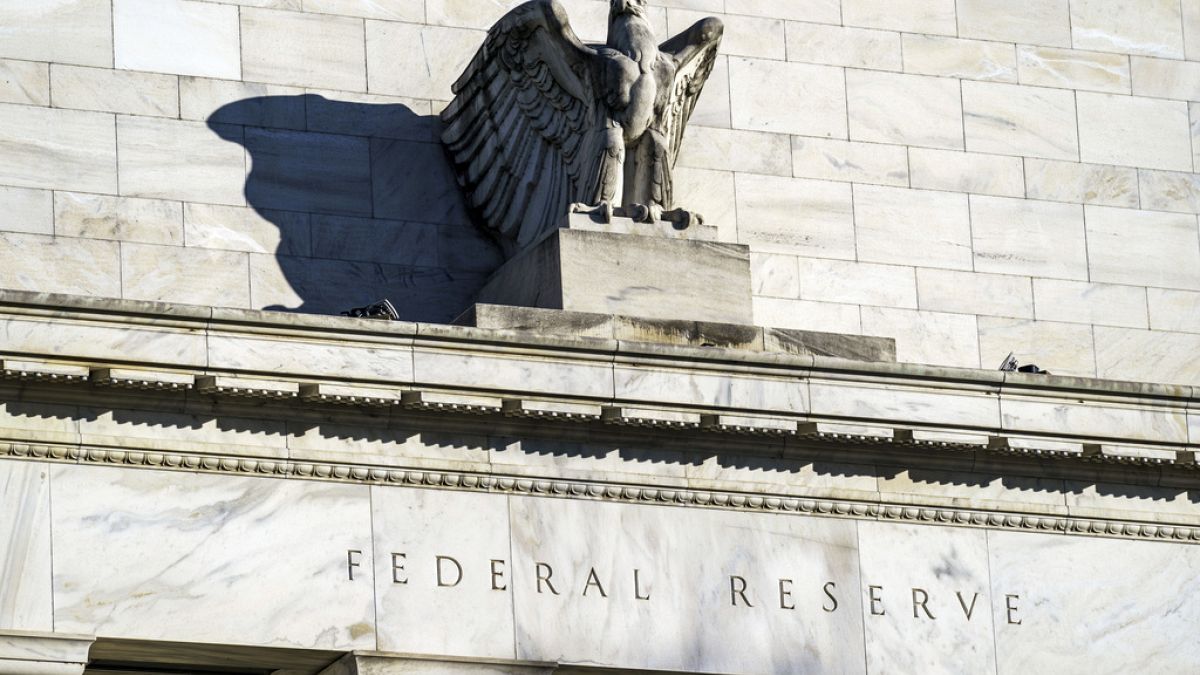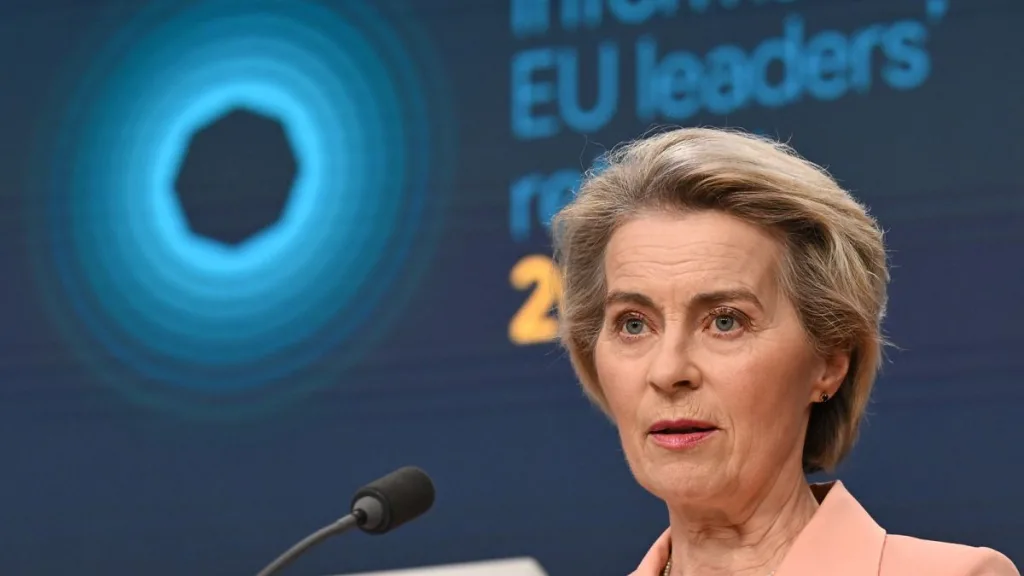On Wednesday, the Federal Reserve made a significant move by reducing its benchmark interest rate by a striking half-point. This marks a dramatic pivot after over two years of elevated rates that were primarily aimed at controlling inflation, but also rendered borrowing a challenge for many American consumers.
This rate cut, the first in more than four years, highlights the Fed’s new strategy of prioritizing the job market, which has been displaying evident signs of deceleration. The timing is particularly crucial, as it comes just weeks before the presidential election, potentially altering the economic landscape as voters prepare to cast their ballots.
The reduction brings the Fed’s key rate down to approximately 4.8%, a significant drop from a two-decade high of 5.3% that persisted for 14 months amid efforts to tame the most severe inflation surge in four decades. Inflation, which peaked at 9.1% in mid-2022, has since fallen to a three-year low of 2.5% as of August, getting closer to the Fed’s 2% target.
Fed policymakers have indicated their anticipation of further cuts, with an additional half-point reduction expected in their upcoming November and December meetings. Furthermore, they foresee four more cuts in 2025 followed by two in 2026.
In its statement, the Fed expressed increased confidence that inflation is sustainably trending towards their targeted 2% level, marking a significant stride in their fight against rising prices.
Despite the Fed’s optimistic outlook, many Americans continue to grapple with high costs for essentials like groceries, gas, and housing. Former President Donald Trump has attributed the inflation surge to the Biden-Harris administration, while Vice President Kamala Harris has countered that Trump’s proposed tariffs would burden consumers even more.
The implications of the Fed’s rate cuts are expected to gradually lower borrowing costs for mortgages, auto loans, and credit cards. This could enhance the financial situations of American consumers, encouraging increased spending and economic growth. Homeowners may take advantage of lower mortgage rates to refinance, potentially reducing their monthly expenses. Additionally, individuals might transfer credit card balances to personal loans or home equity lines to save on interest. Businesses could also benefit from reduced borrowing costs, leading to more investments.
Currently, average mortgage rates have dipped to an 18-month low of 6.2%, which has sparked a rise in refinancing activity among homeowners.
The Fed’s next policy meeting is scheduled for November 6-7, right after the presidential election. By making this rate cut prior to the election, the Fed risks political scrutiny, particularly from Trump, who argues that this action constitutes political interference.
To combat high inflation, the Federal Reserve implemented a series of 11 rate hikes in 2022 and 2023. While wage growth has since slowed, alleviating some inflationary pressures, the decline in oil and gas prices suggests that inflation may continue to subside in the near future. Consumers are actively resisting high prices, compelling retailers like Target and McDonald’s to offer appealing deals and discounts.
However, after years of robust job growth, hiring has noticeably slowed, and the unemployment rate has risen nearly a full percentage point from its record low of 3.2% in April 2023 to a still-modest 4.2%. Analysts point out that the uptick in unemployment may be driven primarily by new entrants to the labor force—particularly immigrants and recent graduates—rather than extensive layoffs.
The central question surrounding the Fed’s decisions is the pace at which it intends to drive its benchmark rate down to a level that does not impede economic growth or accelerate inflation. While the exact “neutral” rate remains unclear, many analysts estimate it could be between 3% and 3.5%.
Photo credit & article inspired by: Euronews



